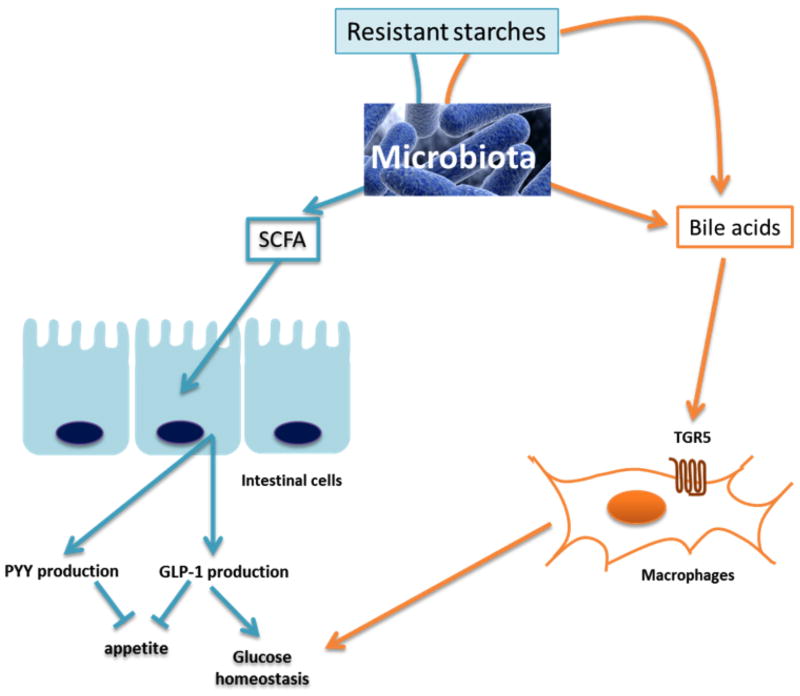Figure 1. Mechanistic insights into the metabolic benefits of RS.
This figure summarizes various hypotheses regarding the mechanisms underlying the beneficial effects conferred by RS consumption. RS could stimulate the microbial production of SCFA, thereby increasing the production of PYY and GLP-1 by intestinal L cells [24]. RS could also alter the bile acid profile via gut microbiota-dependent and independent pathways. Bile acids control glucose homeostasis via binding of the nuclear farnesoid X receptor (FXR) and the cell membrane receptor TGR5 [27]. In particular, recent work has shown that macrophage-specific deletion of Tgr5 increased adipose tissue macrophage accumulation and aggravated insulin resistance in obese animals [28]. GLP-1: glucagon-like peptide 1; PYY: peptide YY, SCFA: short chain fatty acids.

